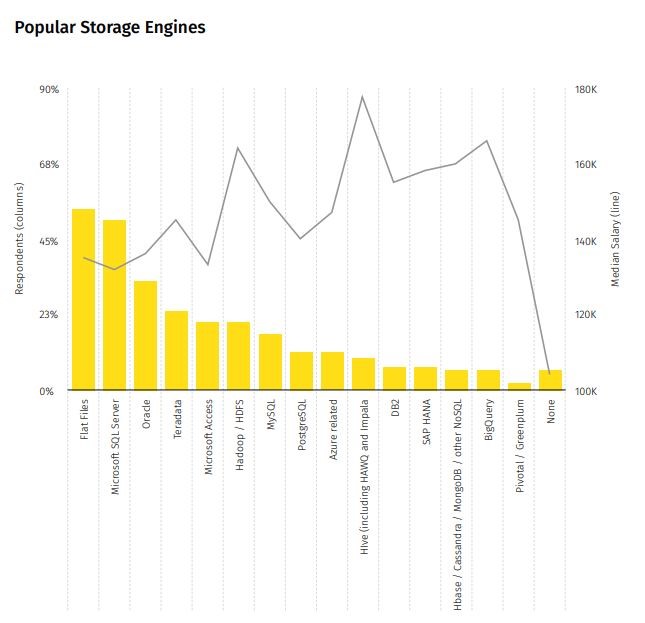How will Analytics salaries in 2018 compare to 2017?
In 2017, the Skills and Salary Survey revealed some interesting insights into salary levels associated with ‘Technical Skills’ and ‘Business Tools’.
We look forward to seeing how this might change in 2018 – make your voice heard in this year’s survey.
For more technically inclined analytics professionals, top dollar is paid for more bespoke skills like natural language processing and social analysis, with machine learning and AI, cloud, big data skills and text mining all being paid on average $20K above the median.
Storage engines is where salary differentiation really arises, such as where big data platforms Hadoop/ HDSF NoSQL and Hive command salaries $30K above the median.

Big data and open source programming languages like Pig/MapReduce and Scala/Spark commanded premium salaries of more than $40K above the median followed by Python and Java. Common languages like SQL and VBA were on the median and even SAS and R were becoming more mainstream. Those using 4–5 languages were paid $15K more than the median and 6+ languages resulted in $30K more than the median. Skills diversity therefore commands better salaries.

In 2017, more than 50% of respondents hadn’t used an information management tool in the past 3 months. Of those that had, SAS Data Management/Integration Studio and Alteryx were the most popular and Datastage, Talend and SAS DataFlux/Quality had the highest salaries at $45+K above median. Interestingly, those using any information management tool had a median salary $15K above non-users, perhaps highlighting a more mature analytical environment and willingness to pay more for expertise.
Nearly a quarter of respondents (23%) were using Microsoft’s Power BI visualisation tools, a new number that’s appeared after the vendor’s concerted marketing effort and an increase in usage amongst meet-up groups and communities that have emerged in the last twelve months. The use of Excel slipped back slightly to 73% of respondents, although it remained the leading analytics tool. Tableau and R Studio usage remained steady year on year at 42% and 35% of respondents respectively.

